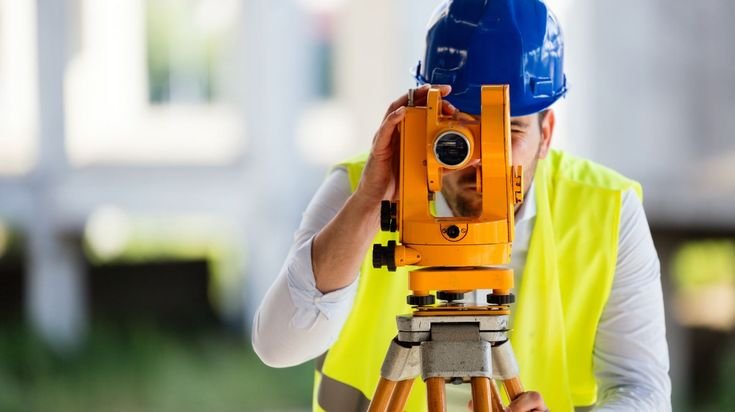As a homeowner or HOA board member in California, it’s essential to stay informed about the laws that impact the management and safety of your community sb326. One such law is SB 326, which came into effect on January 1, 2020, and introduced significant changes to the way associations must maintain their buildings, particularly in relation to balconies and exterior elevated elements. In this post, we’ll walk you through the key requirements of SB 326 and provide tips for both homeowners and HOAs to stay ahead of compliance.

What is SB 326?
SB 326 requires condominium associations, cooperatives, and other multifamily residential buildings in California to conduct regular inspections of certain structural elements. The law focuses specifically on exterior elevated elements like balconies, decks, and stairways, which have been involved in several high-profile accidents in recent years. The goal is to ensure these structures are safe and well-maintained to protect residents from potential harm.
Key Requirements of SB 326
Under SB 326, HOAs are required to:
- Perform Inspections: Qualified professionals must inspect exterior elevated elements, such as balconies, decks, and stairs, every nine years. The inspection must assess the condition of the structural components and ensure they are free from any risks, such as water damage, dry rot, or signs of deterioration.
- Complete Reports: Once the inspection is completed, a detailed report must be provided, outlining the condition of the elements inspected. This report should include recommended repairs or maintenance actions.
- Provide Notification: HOAs must notify homeowners when an inspection is due and when it has been completed. Homeowners should be informed about the report findings and any actions needed.
- Take Action: If any issues are identified during the inspection, the HOA must take timely action to address the required repairs. Failure to do so could lead to liability for accidents caused by unsafe structures.
Tips for Homeowners to Stay Ahead of SB 326
- Stay Informed: Regularly check with your HOA to find out when the next inspection is scheduled. Understanding the timelines will help you plan accordingly and stay on top of potential maintenance needs.
- Monitor Common Areas: While inspections are typically handled by the HOA, homeowners should remain vigilant about the condition of exterior elements. If you notice any issues like cracks, sagging, or water damage, notify the HOA immediately so they can include these observations in the inspection.
- Be Proactive About Maintenance: Although the law doesn’t require homeowners to personally inspect exterior structures, it’s a good idea to maintain a close relationship with your HOA to ensure that any problems are addressed before they lead to costly repairs or safety hazards.
- Understand Your Rights: Homeowners have the right to be informed of the results of SB 326 inspections and any required repairs. If the HOA fails to act on necessary repairs, residents should raise their concerns in HOA meetings or consider seeking legal advice.
Tips for HOAs to Stay Ahead of SB 326
- Hire Qualified Inspectors: Ensure that the professionals conducting the inspections are certified and have experience in evaluating the specific elements outlined in SB 326. This could include structural engineers or building inspectors with expertise in elevated exterior structures.
- Stay on Schedule: It’s crucial to stay on top of the nine-year inspection cycle. Create a comprehensive tracking system and schedule reminders so you can easily monitor when inspections are due, reducing the risk of falling out of compliance.
- Document Everything: Keep detailed records of all inspections, reports, and maintenance actions taken. This documentation will not only help with compliance but also protect the HOA from potential legal claims in case of an accident or dispute.
- Communicate Effectively: Make sure homeowners are regularly updated on inspection results, findings, and any planned repairs. Transparency is key to building trust and ensuring that residents are on board with any necessary actions.
- Budget for Repairs: The cost of repairs or structural improvements could be significant. To avoid financial strain, ensure that your HOA budget accounts for these types of expenses and explore financing options if needed.
The Bottom Line
SB 326 is a vital law aimed at enhancing safety and protecting homeowners in California. For both homeowners and HOAs, staying informed and taking proactive steps to ensure compliance with SB 326 is essential. Regular inspections, effective communication, and prompt action on repairs will help prevent accidents, safeguard your community, and avoid potential legal or financial consequences.
By staying ahead of the requirements and being diligent about maintenance, homeowners and HOAs alike can navigate SB 326 with confidence, knowing that the safety and longevity of their homes are in good hands.

